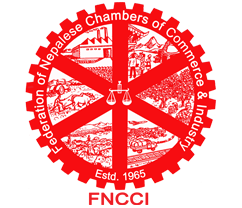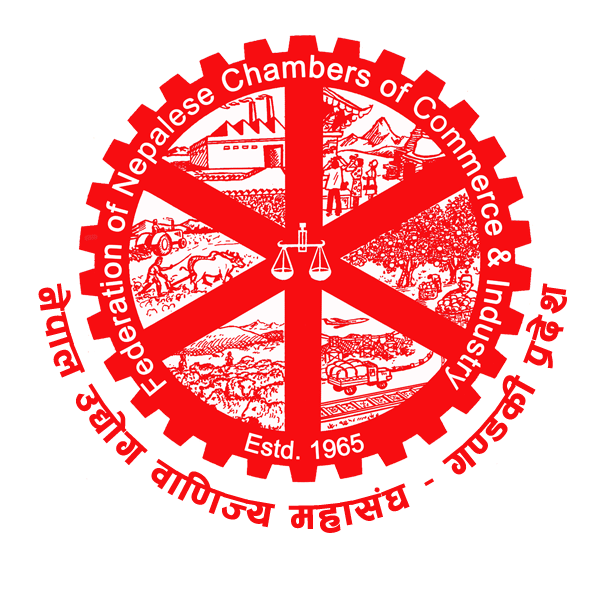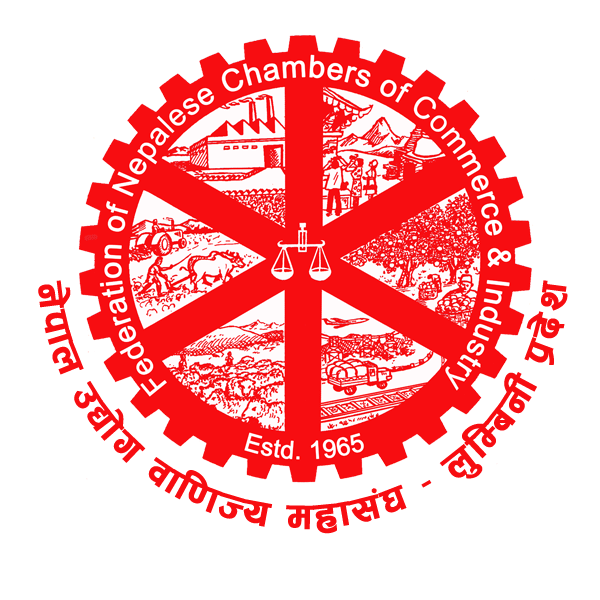Province Profile
Geography
Province 2 lies between 84027′ & 86054’30” East longitude and 26023’38” & 27028’17” North latitude. It has an area of 9,661 sq.km and that is 6.56% of the total area of the country. Out of which 27.29% land is covered by forest. It is bordered by India in the south, Makwanpur and Sindhuli districts of Bagmati Province and Udaypur of Province 1 in the north and Chitwan district of Bagmati Province in the west.
Topographically, the province can be divided into four main regions starting from the North, viz. 1) The Chure Region, 2) The valley basin, Dun, 3) The Inner Terai or the Bhavar region, and 4) The Low plain region – Terai or Madesh.
- Chure zone, occupies 1,52,339 ha (15.88%) of total Province land surface area. This is a mountainous region far south to the high Himalayas, bordering the country in the north.
- Dun area lies in Saptari and Parsa district of the Province. It is located to the north of Chure region and comprises 0.04% of Province land area.
- Bhabar zone comprises 25.62% of Province land area. This region extends from the base of Chure Mountain to plain lands of Terai Madhesh.
- The Terai Madesh region comprises 58.46% of the total Provincial land area. The terai zone ranges in altitude of less than 600 meters with most of the fertile land and dense forest the country.
Apart from the topographical divisions, administratively there are 8 Districts. As per the new constitutional provision there are 136 local governments composed of 1 metropolitan city, 3 sub-metropolitan cities, 73 municipalities and 58 rural-municipalities with 1271 wards.
CLIMATE
Province 2 has climatic variations, which is associated with the diverse nature of its topography and altitude pronounced by dry and wet monsoon seasons. In hot and sunny days temperature goes up to 38 to 40 degree celcius. While winter is cold with temperature decreasing to 5 to 10 degree celcius. Province 2 has an average rainfall of between 1100-2100 mm.
SOCIAL AND CULTURAL DIVERSITY
Among various spoken languages in Nepal there are 62 spoken languages. Majority of population speak Maithili (45.3%). Bhojpuri counts 18.57%, Bajjika 14.65%, Nepali 6.67% and Urdu 5.88% as their mother toungue. Ethnically there are 116 ethnic groups in the province. The largest ethnic group is Yadav (14.78%). Similarly, there are 11.58% Muislim, 5.26% Tharu, 5.09% Teli, and 4.56% Koiri/Kushwaha. Majority of population are Hindu (82.8%) in the Province predominantly followed by Muslim (9%). Similarly, 4.4% follow Buddism, 3% are Kirat, and 1.3% are Christian. Out of the total population of the province (5380242) 71.97% of the population are residing in the urban area.
60.96% of land in the province is used for agriculture purpose, followed by 25.77% forest, 5.15% river and ponds, 3.47% grassland and 3.18% land is used for housing purpose.
ECONOMY
As per Economic Survey (2019/20), Province 2 contributes 14% to national GDP. Measuring GDP by provinces it is estimated to have a growth rate of 2.3% in the fiscal year 2019/20.
There are 487 commercial banks, 86 development banks, 31 finance companies, 754 Microfinance companies. Similarly, there are 244 life and 148 non life insurance companies and their branches in the province.
Agriculture and forest is the mainstay of province economy, providing a livelihood for three-fourths of the population and accounting 39.94% of GDP. Industrial activity mainly involves the processing of agricultural produce including jute, sugarcane, tobacco, and grain. Industrial activity in the province accounts 13.31% of GDP, while service sector has a share of 46.75% in provincial GDP. Productivity of paddy in the province is 3.4 MT per ha, which is below the national average productivity of 3.5 MT per ha. Out of the total paddy production in the country Province 2 comprises 24.96%. Similarly 29.09% of Wheat is produced in the province. Regarding the cash crops 65% of sugarcane is produced by the province.
There are 522 industries registered under department of industry. Out of total number of industries Production based industry shares the highest number i.e. 418. While there are only 24 Agriculture and forestry based industry. There are 12961 companies registered under company act in the province. Province 2 contributes 22% to the total paddy production of Nepal. Similarly, maize production in the province contributes 29.3% of national production.
Province 2 has seen a considerable growth in electrification. According to Nepal Electricity Authority report 99.05% household in the province are electrified. Total number of electricity consumers in the province is 878582, consuming 1254188 MWh of energy annually. According to NEA, Distribution and Consumer Service Directorate loss of electricity in the province is 15.6% for the year 2076/77. Out of the total loss in distribution provincial office, Janakpur contributes the highest loss percentage of 31.32.
5871 km of road is constructed by the local government in the Province. Out of which 2696 km is blacktopped. Similarly, 56 km of railway track under the Janakpur-Jaynagar railway project is constructed.
There are 4137 schools in the province with 1289672 students including 656779 girls and 632893 boys. All together there are 5069 teachers working in various levels of schools.









